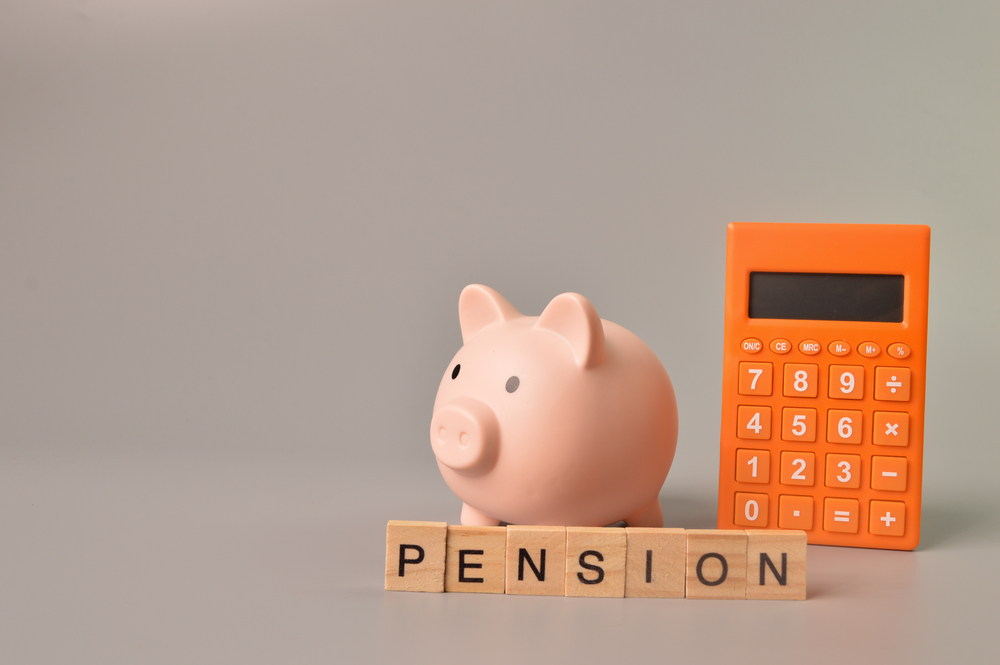News
Cost of a basic standard of living in retirement shoots up 20%

Retirees aiming to achieve a basic standard of living face a near 20% increase in spending compared to last year.
High inflation is having a major knock-on effect on retirees living a ‘minimum lifestyle’ – described as “not just to survive but live with dignity”.
According to the Pensions and Lifetime Savings Association (PLSA), people with this basic standard of living have seen the biggest percentage increase to the cost of retirement.
This is because a bigger proportion of their budget goes towards goods which have risen most in price – food and energy.
For 2022, it found that a single person needs £12,800 a year to achieve a basic standard of living in retirement. This is an 18% increase from the £10,900 figure reported in 2021.
For a couple, they would need an equivalent £19,900, up 19% from the £16,700 required for basic living standards last year.
Its Retirement Living Standards review looked at the “realistic and relevant expectations” for retirees, based on costs associated with household bills, food and drink, transport, holiday and leisure, clothing and social participation.
The table below reveals the cost for minimum, moderate and comfortable retirement expectations:
Using calculations and research from the Centre for Research in Social Policy at Loughborough University and the benchmark given by the Joseph Rowntree Foundation’s Minimum Income Standard (MIS), they suggest:
- A couple requires a £96 spend on the weekly food shop
- A week’s holiday in the UK
- Eating out once a month
- Affordable leisure activities twice a week
- It excludes a budget to run a car and cost of housing.
For those on the moderate lifestyle, they could spend £127 on the weekly shop, have a two-week holiday in Europe and eat out a few times a month.
Meanwhile, those in the ‘comfortable retirement‘ box can afford more luxuries like regular beauty treatments, theatre trips and a three-week holiday in Europe.
The PLSA said the “disproportionate increase in the cost of retirement for those on the minimum retirement living standard means the government’s commitment to the state pension triple lock, announced in the most recent Autumn Statement, is especially important”.
It said that a couple who are each in receipt of a full new state pension would reach the minimum living standard.
‘Enormously challenging year’
Nigel Peaple, director policy & advocacy, PLSA, said: “The past year has been an enormously challenging one for many households in the UK. Inflation has risen to its highest rate in 40 years with the cost of essentials and domestic fuel soaring, putting substantial pressure on incomes for working age and retired households, particularly for those on low incomes. These figures underline why the Government was right to increase the state pension in line with the triple lock in the Autumn Statement.”
Peaple added: “The Government needs to adopt clear national objectives for retirement income, to ensure the state pension protects everyone from poverty and, later this decade once the cost-of-living crisis has passed, to increase the scope and level of automatic enrolment pension contributions.”
How much should you save in your pension?
According to Tom Selby, head of retirement policy at AJ Bell, to enjoy a minimum standard of living in retirement, a single person entitled to the full state pension might need a pension pot worth £52,000.
People aiming for a moderate standard of living, meanwhile, face a target of just over £350,000, with those wanting a comfortable living standard in retirement potentially needing a pension worth around three-quarters of a million pounds.
Selby said that while these numbers “might sound humongous”, the key is to start early and save often, making the most of the employer contributions, tax relief and tax-free growth over decades.
He said: “For those already taking an income from their pot while staying invested, the big challenge is sustainability. Anyone who wants to maintain their standard of living might be forced to increase withdrawals by over 10% this year, which in turn increases the risk of running out of money in retirement.
“It is vital anyone considering withdrawing more money from their pension to cover rising living costs balances the benefits of maintaining their standard of living with the risk that might be posed to the sustainability of their plan. While this might involve unpleasant choices, most people don’t want to be left relying on their state pension alone in their later years.”
